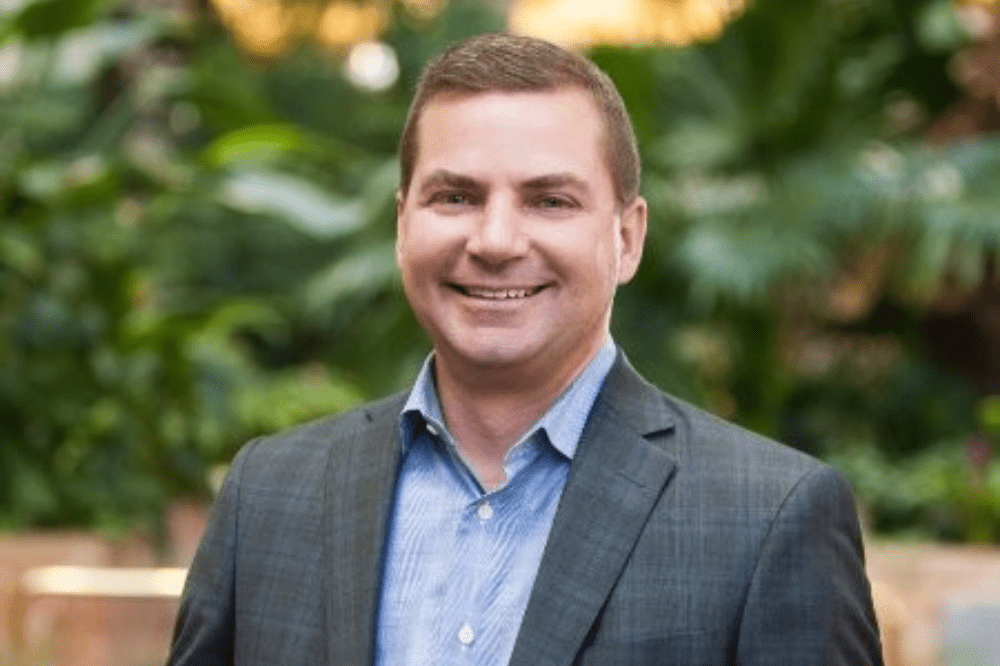Parametric flood insurance has ‘compelling’ proposition amid troubled markets

FloodFlash opened its US division at the start of this year, initially launching for commercial property in Florida, Virginia, Texas, Louisiana, and California. It aims to expand to 48 continental states, excluding Alaska and Hawaii.
“The things that led to the Florida insurance market’s collapse make parametric insurance an even more powerful value proposition because there isn’t a protracted claims process [with parametric],” Hara said. “The timing couldn’t have been better to bring a new product.”
FloodFlash, which has claimed to be the first insurance provider to pay catastrophic flood claims as quickly as four hours, uses computer models, cloud software, and connected technology to power its parametric products.
Crossing the pond
Despite the prevalence of flood risk, fewer than five percent of small to mid-size businesses in the US carry flood insurance.
“Most flooding occurs in what’s considered a non-flood zone every day in the United States, and so the risk is pervasive. It is such a large opportunity,” said Hara.
As CEO of North America, Hara is charged with developing and executing FloodFlash’s go-to-market strategy.
Prior to leading the ambitious expansion, Hara led two insurtech startups, Mylo and BoldPenguin. He also had insurance experience while working at Nationwide as vice president of digital marketing and chief innovation officer.
Setting up in the US, the largest insurance market in the world, was always in the cards for FloodFlash.
“After FloodFlash had proven its parametric flood insurance business model and scaled rapidly in the UK, it made sense to launch in the US,” Hara said.
“We chose the five states because we wanted to have focus and address [the flood protection gap] through steps versus all at once.”
The company, established five years ago, has raised $15 million in Series A funding to fuel its expansion plans. It is also eyeing entry into Germany, Australia, and Japan.
‘Consultative’ approach
Hara noted key differences between the flood insurance markets in the UK and US.
Navigating a new market meant implementing lessons learned from FloodFlash’s initial journey and establishing strong relationships with the distribution channel.
“We’ve tried to retain the lessons learned from the UK and apply them to the US. The market is a little bit different in the UK, which doesn’t have hurricane risk, for example,” he said.
“We’re working with brokers and agents to educate them on the parametric flood product and to help clients understand and feel comfortable with what they’re being recommended.
“The biggest thing is having a consultative approach, which is similar to how we’ve operated in the UK. It’s very complementary to how the market already works here.”
Plunging into Florida’s property market
Weeks before FloodFlash announced its entry into Florida, the state unveiled a suite of insurance reforms to prop up its ailing property insurance market.
Though a particularly complex time for insurers in the state, Hara said that FloodFlash has received a tremendous reception from brokers and agents.
“Florida’s been great. The receptivity from the insurance brokers, agencies and even wholesalers has been extremely good because they’re always interested in a product that helps serve a need of their clients,” said Hara.
“The clients themselves have also been very receptive to learning about this product and how it fits in their overall coverage needs.”
Parametric flood insurance’s winning formula is the combination of flexibility in its coverage structure and speed of payout, according to the executive.
“If flooding occurs and it reaches the depth that [the insured purchased, then that initiates the claims process,” Hara said. “That’s what’s unique about parametric, you don’t have the loss adjustment, no lag time, no expense and time spent figuring out whether the actual event occurred.”
FloodFlash wants to focus on working with distribution partners while bringing new coverage to other states.
“We’re planning to add additional states over time, and our plans are calling for probably two to three [new states] every six months,” said Hara.
What do you make of FloodFlash’s entry into the US market? Share your thoughts below.





